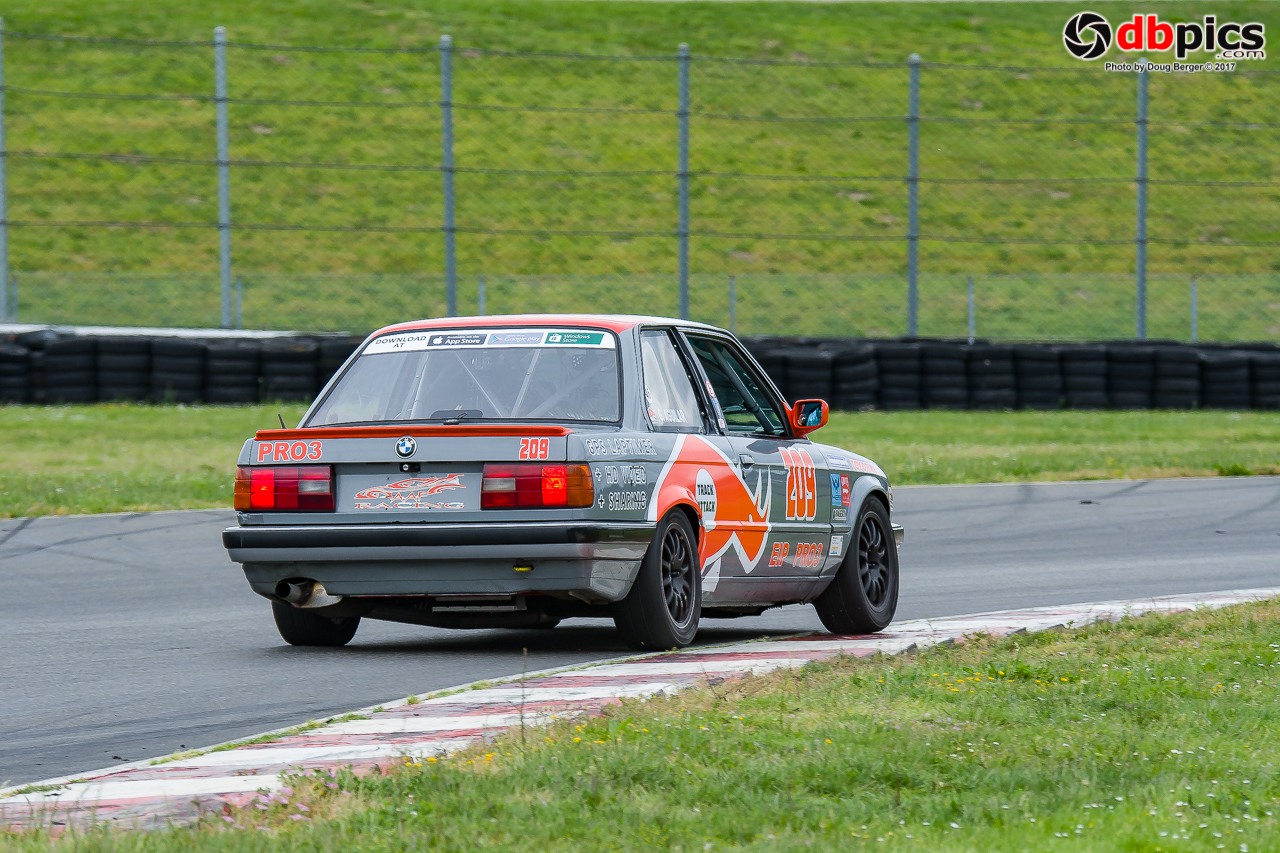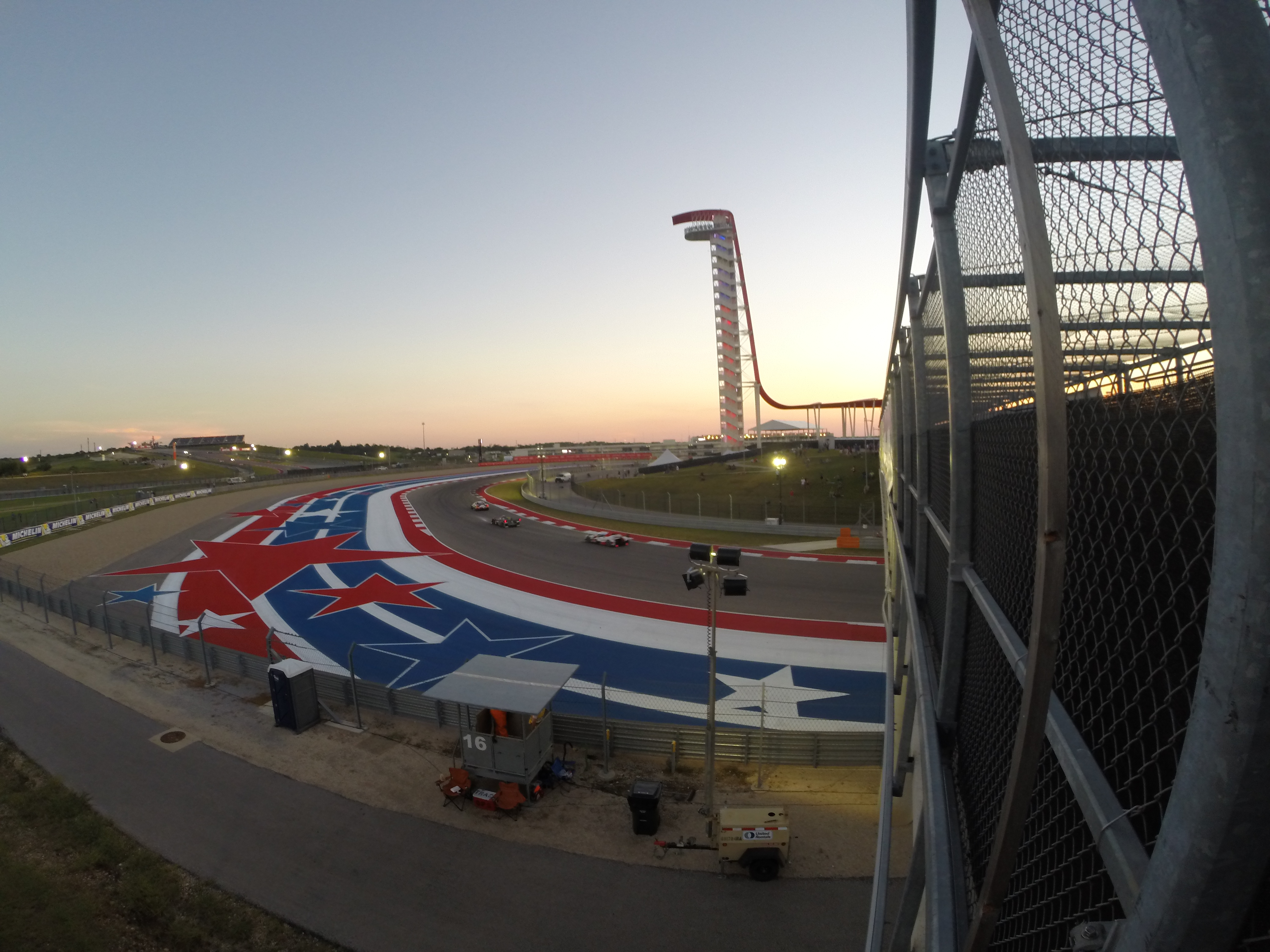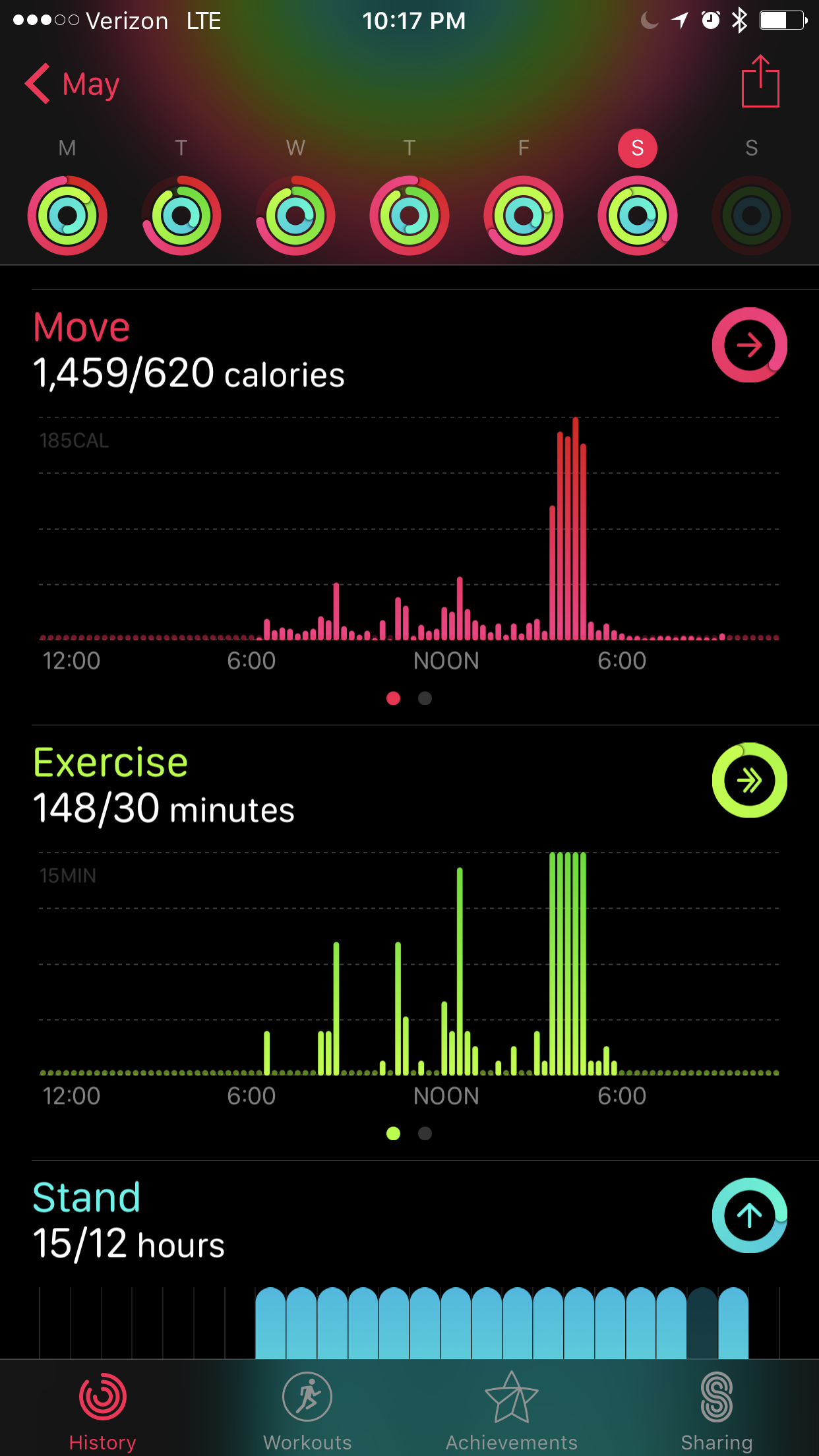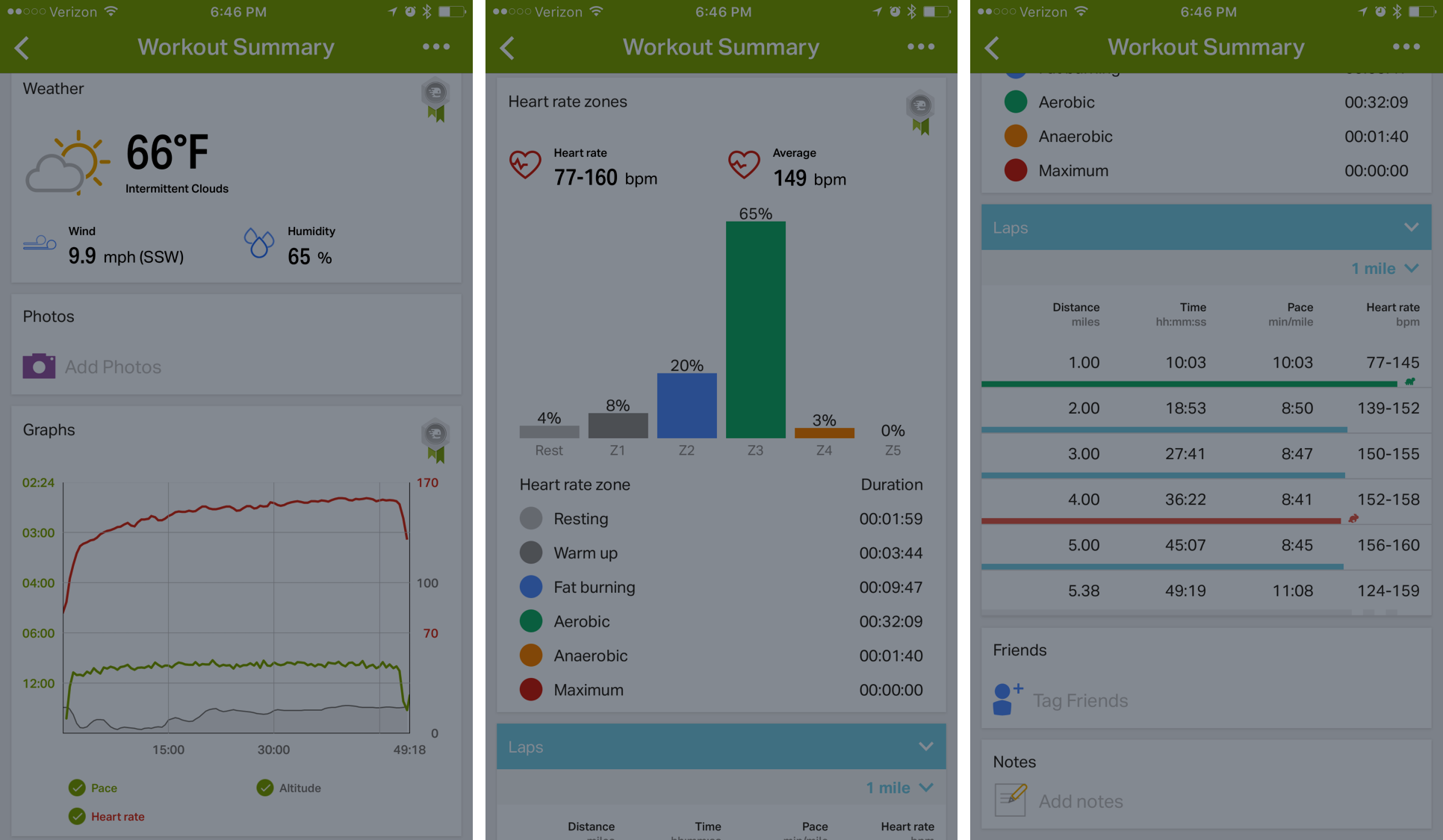
Surgery…
On July 7th, 2017 I went in for what was supposed to be a minor surgery. I was diagnosed with a non-cancerous cyst, which is quite common except for it was located right on top of my tailbone (not on the tailbone but right next to it). This meant that I was regularly sitting on it, especially when I would slouch.
It had originally come up 3 or 4 years ago after 6 months of karting all the time. I thought it was just a result of all that trauma to my tailbone. It was an annoyance but never very painful until this past June, during the second Portland International Raceways weekend. After the first day of testing, I woke up sore all over my body and my cyst was really tender.
I ignored all the pain and discomfort and made it through the weekend but went to the doctor the following week. It turned out that my cyst had gotten so swollen, it was infected and those body aches, were my body fighting the infection.
Long story short, I needed surgery to have it completely removed. It is a straight-forward procedure and usually within a week, someone can go back to normal activities, but because of the location, the recovery was at least 2 weeks and possibly up to 2 months before feeling ‘normal’ again. Well for me, it ended up being the 2 months.
+ Bad Decisions
For 2 months, I wasn’t able to workout, do much simulator training and was on various combinations of pain medications. 2 weeks after the surgery, I decided to compete in a race at Pacific Raceways, where I got pole and finished P2 but I needed help getting into the car, out of the car and was icing my incision all day long.

The next couple of weeks were really tough. I don’t know how differently or faster things would have healed if I had not raced but I think it slowed things down. A checkup with the surgeon a couple weeks later showed everything looked good but she was surprised to hear that I was in so much pain.
I headed her advice and just tried to rest up, sprinkling in some yoga and days of more walking. 1.5 months after the surgery was the August 19-20 Dash for Kids race, back at Portland International Raceways.

= Sub-Par Performance
During the race weekend, we decided to hit the ‘reset’ button on our suspension setup, seeking coaching and advice from the 2016 PRO3 Champion, Olivier Henrichot (a future post on that experience). We made dramatic changes to the setup, where in the end, I was able to hit the same lap times as before, with less of an effort and more confidence in feedback from the car.
All good things except, I was beat. On Friday, we had 4 total on-track session and I awoke on Saturday AM, full-body sore. Saturday, was a typical day of practice, qualifying and the 1-hour race, of which this time, I was splitting seat time with Olivier. We won the race but I again felt beat, after a 30 minute stint.
The next morning, we only had qualifying in the AM and the main race in the afternoon; not a ton of physical workout time. I qualified P2 and was ready to go for the win during the race. But about 5 laps into the race, my lower back started hurting. Halfway through the race, it was throbbing and I was actively thinking about it during the front and back straightaways. Not a good.

Long story short, I did not perform anywhere near my full or regular potential and one big reason that I was just not physically fit enough. Here is the race video from the weekend, of which again, isn’t all bad and 1 year ago, I would have been thrilled to finish P3.
But How Did I Do So Well at Pacific?
I’m not entirely sure but I think that while I was in pain during the race, I still had more of my strength, stamina and was also on lots of Ibuprofen, which could have masked some of the pain. At Portland, I think my strength, stamina and reflexes were not at the same level. This variables resulted in a heavier mental toll and it started impacting me even worse.
At the end of the day, it’s not like I really sucked. I still finished on the podium, against a couple of strong drivers that I’ve battled with all year. Jeff McAffer, who overtook me for P2, had a really strong race, with the fastest lap of the race. Olivier and I also won the 1-Hour endurance race!
The main point is that to perform at or near peak levels, you need to be mentally and physically at your peak. I know there are drivers that aren’t into physical fitness and they are solid, if not incredible drivers. They have other strengths, such as functional fitness and years and years of experience. I don’t have more than a few years of racing experience, so I rely on physical fitness as a way to compete.
Moving Forward
For me personally, I am much healthier now and turning my training back up. It will be some time before I’m as physically as fit as before but that is the goal. And if in the future, I am injured, I am going to bite the bullet and rest/heal properly before trying to get back into the cockpit.







 What: A small addendum to the
What: A small addendum to the 


 What: Motorsports is exactly that, a
What: Motorsports is exactly that, a 


